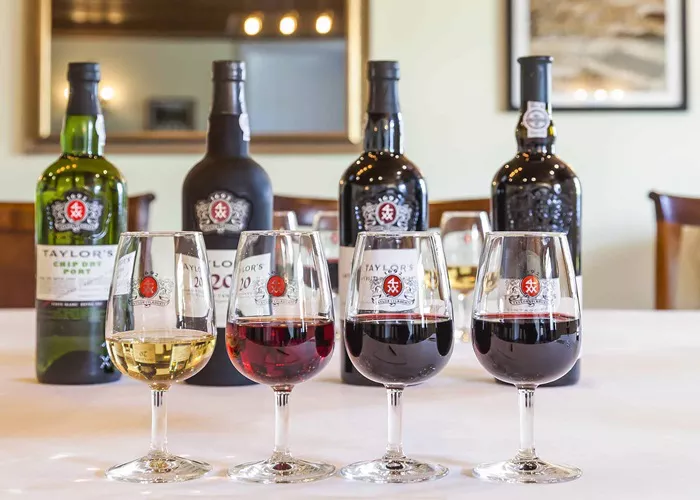The English wine industry is experiencing unprecedented growth, with the 2024 vintage poised to become a defining milestone. According to Wine GB, the country now boasts over 1,000 registered vineyards and 220 wineries, reflecting rapid sector expansion. Vineyard coverage has more than doubled in the past decade, exceeding 4,200 hectares nationwide.
Regional Growth: Kent and Sussex Lead, New Areas Emerge
Kent remains the dominant force, accounting for 26% of the UK’s vineyard area, followed closely by West and East Sussex. However, emerging regions—from Dorset to Norfolk and Bedfordshire—are carving out distinct identities, potentially reshaping the geography of English sparkling wine.
Dorset: Belemnitic Chalk and Low-Intervention Winemaking
Langham Wine Estate in Dorset exemplifies the west’s rising potential. Spanning 34 hectares, the estate focuses on traditional-method sparkling wines with minimal intervention. “We press oxidatively, allow natural fermentation, and rely on used French oak,” said Calum Chance, head of sales and marketing. The vineyard’s belemnitic chalk soil, akin to Champagne’s Côte des Blancs, coupled with a cooler climate, extends the growing season for optimal ripeness.
Hampshire: Maritime Influence and Chalk-Defined Terroir
Hambledon Vineyard in Hampshire combines Champagne-like chalk soils with coastal influences near Portsmouth. “Our wines reflect chalk-driven minerality, particularly in Chardonnay,” said the estate’s team. Maritime breezes preserve freshness, while warmer temperatures enhance aromatic complexity. The vineyard is also prioritizing wine tourism, underscoring regional pride.
East Anglia: Sandy Soils and Coastal Nuances
Once overlooked, East Anglia is gaining recognition for its high-acid, complex sparkling wines. Norfolk’s Winbirri leverages sandy loam soils for drainage and flavor depth, while Burn Valley and Chet Valley highlight chalk, flint, and coastal influences. “Our terroir shares similarities with Sussex but has its own distinct edge,” noted Mathew Abbey, winemaker at Burn Valley.
Inland Expansion: Bedfordshire and Oxfordshire’s Rising Stars
Bedfordshire’s Hungerhill Vineyard thrives on clay, flint, and chalk soils, yielding balanced fruit and vibrant acidity. In Oxfordshire, Hundred Hills benefits from a warm chalk valley microclimate, ensuring consistent ripening and frost resistance.
You Might Be Interested In:


